Thermal power plant and steam turbine
Thermal power plants use water as a working fluid. Nuclear and coal-based power plants fall under this category. The manner in which fuel energy is converted into electricity shapes a power plant’s running.
In a thermal power plant,
A steam turbine is rotated with the help of high pressure and,
High-temperature steam and this rotation is transferred to a generator to produce electricity. Steam turbine is the heart of the power plant.
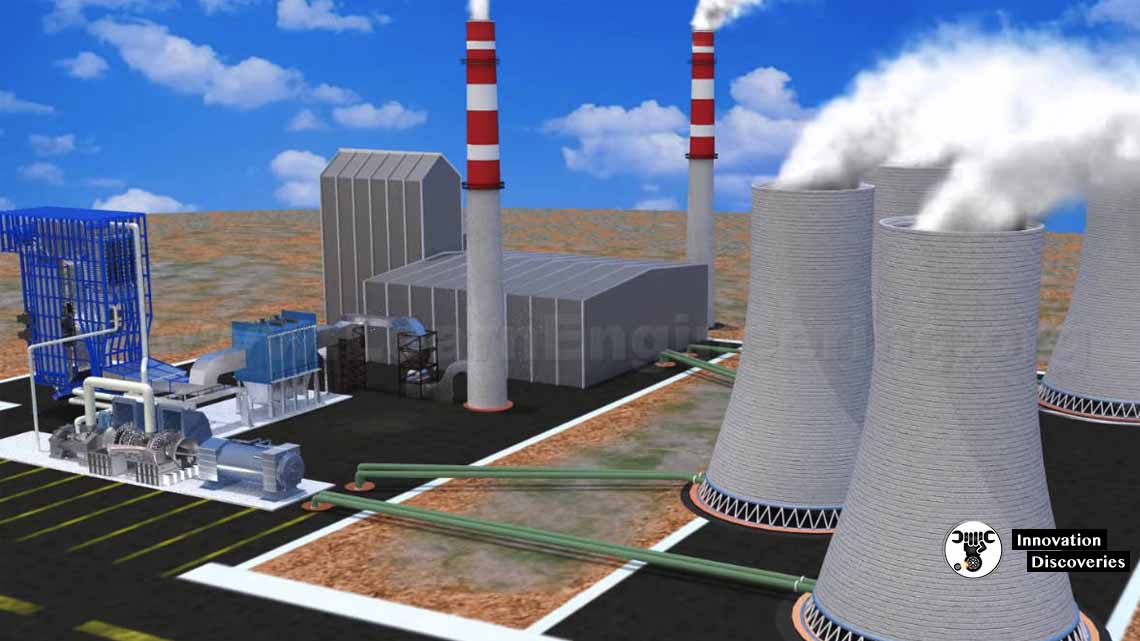
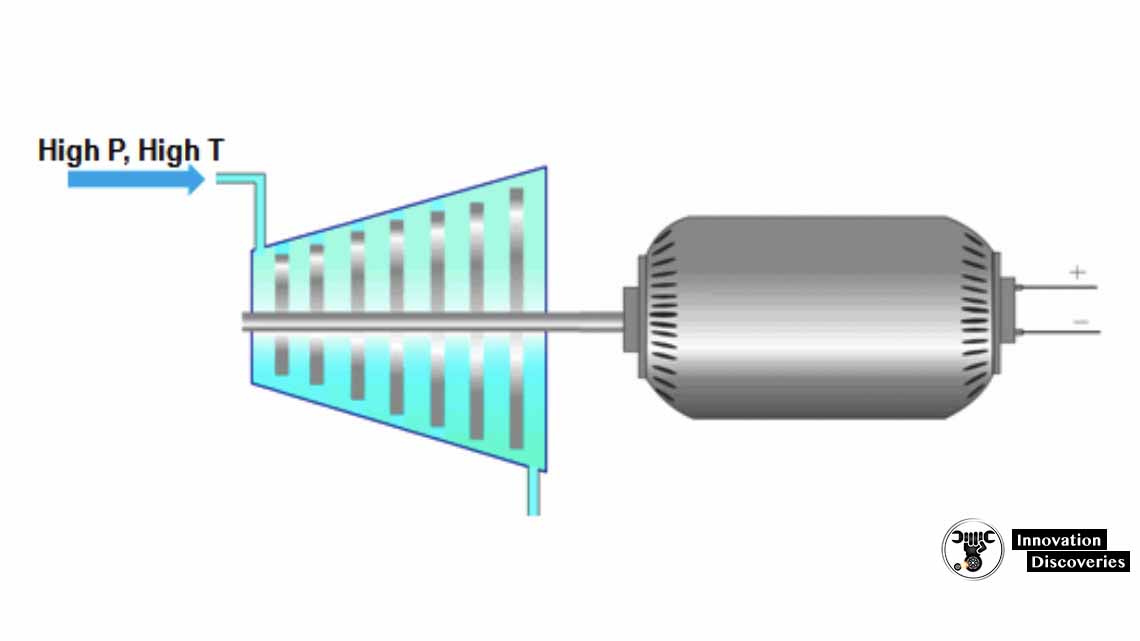
And the water moves radially out
You can take a closer look at the uniquely shaped steam turbine rotor blades.
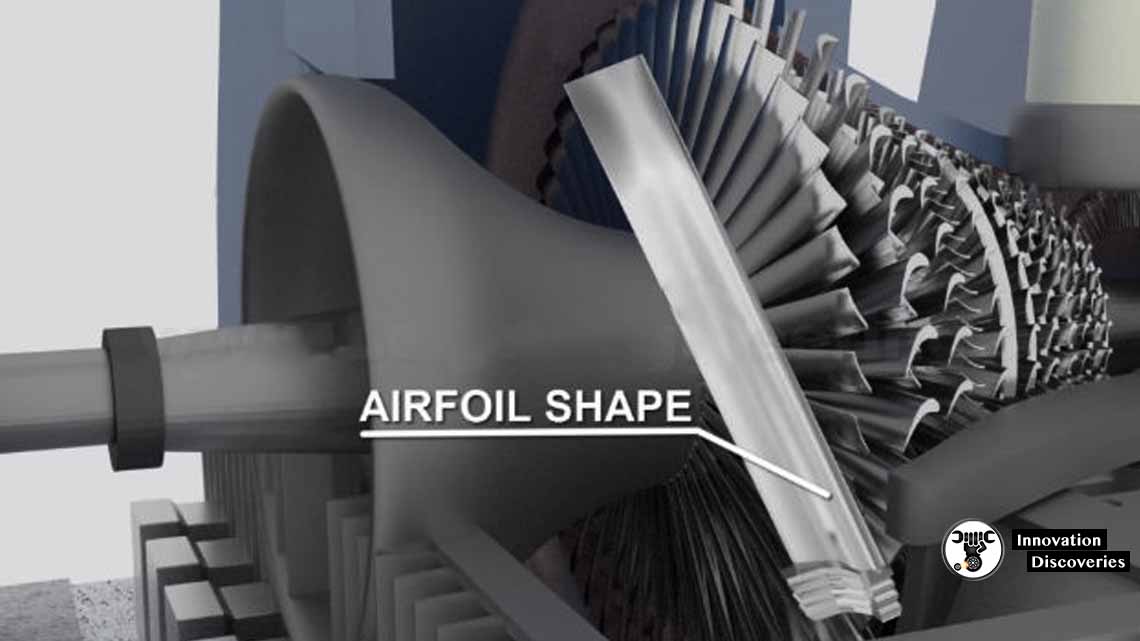
Three stages of steam turbine
High capacity power plants often use different stages of steam turbines,
Such as the high-pressure turbine,
Intermediate-pressure turbine and low-pressure turbines.
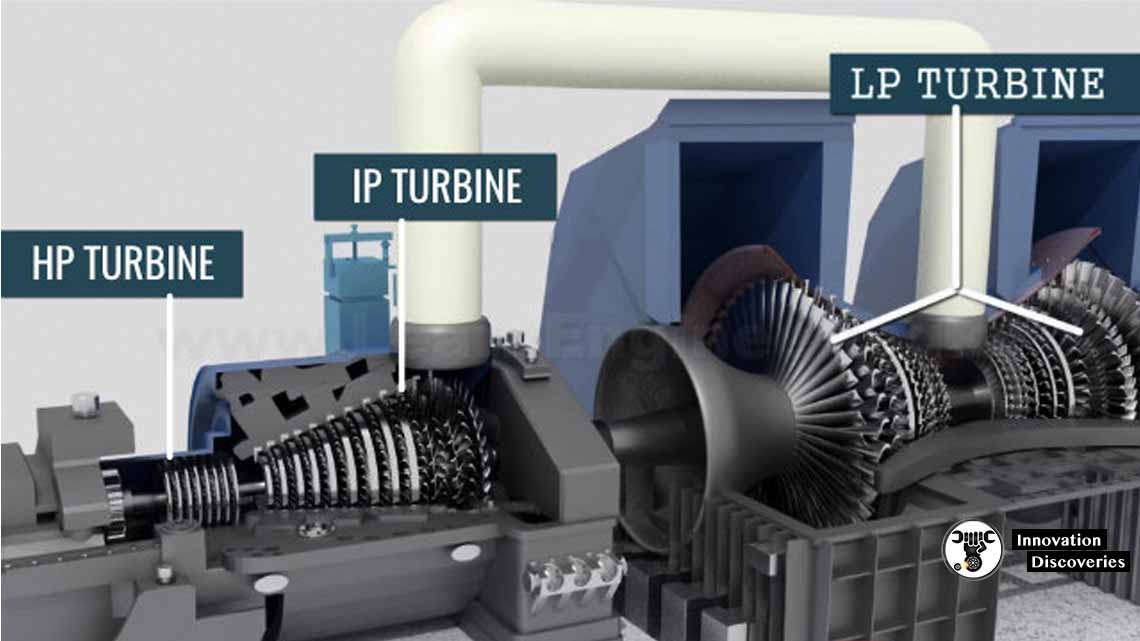
Energy absorption from steam
When turbine blades get rotated by high-pressure high-temperature steam,
The steam loses its energy. This, in turn, will result in low pressure and low-temperature steam at the outlet of the turbine.
Here steam is expanded till the saturation point is reached.
Since there is no heat addition or removal from the steam, ideally entropy of the steam remains the same.
This change is depicted in the following p-v and T-s diagrams.
If we can bring this low pressure, low-temperature steam back to its original state,
Then we can produce electricity continuously.
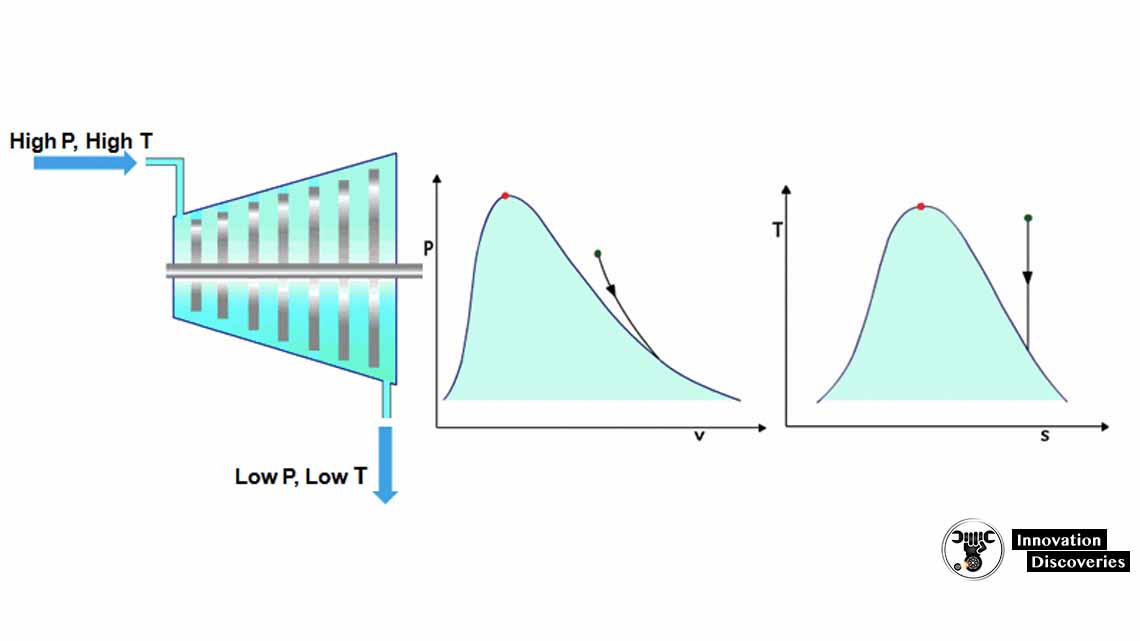
Click to read,
Optimizing a thermal plant performance | lesson 4
Thermal Power Plant – Use of condenser | lesson 3
Components of Thermal Power Plant & Working Explanation | lesson 1
Also, read:
How a Solar Power Plant Works and What Are the Main Types of it?


2 Comments